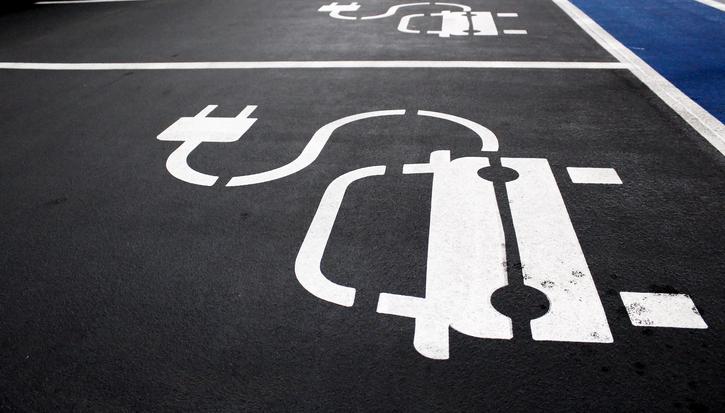What to expect from Thursday's migration stats
Article
On Thursday, at 9.30am the latest official migration statistics will be published. They include a lot of information, from more than one source. This quick guide from IPPR covers what to expect from these statistics, and what this could tell us:
1. Four data sets will be released on Thursday Dec 1: the ONS international migration figures, Home Office visa data and migration transparency data, and National Insurance number allocations to overseas nationals.
2. The ONS international migration figures will estimate levels of immigration, emigration, and net migration for the year ending in June 2016 – so covering the year leading up to the EU referendum. We expect the figures will continue to show that the government is far from meeting its net migration target of under 100,000. The figures will also provide a breakdown of EU and non-EU flows, and will reveal whether the ONS estimates of non-EU migration continue to outstrip the government’s target by themselves.
3. While the ONS data will not tell us much about the impact of the EU referendum on migration flows, other data sets may start to reveal the effects of Brexit:
- Home Office visa data will indicate whether there was an increase in applications for citizenship in the three months after the referendum, as EU nationals concerned by the result secure their status here. But recent rule changes by the Home Office mean that EU nationals must be granted Permanent Residence documentation before they can apply for citizenship. This could mean that the effect of Brexit on citizenship rates may take longer to reveal itself.
- Home Office visa data will also indicate whether there has been an increase in grants of Permanent Residence documentation in the three months after the referendum. But again it may take longer to see the effects of Brexit on the data, because the process of applying for Permanent Residence documentation usually takes a number of months.
- Finally, migration transparency data will show the number of applications for Permanent Residence currently in progress in the Home Office. This will be an indicator of whether Brexit has triggered a surge in the number of EU migrants applying for permanent residence.
4. In addition, data on the DWP National Insurance numbers issued to EU nationals for the period July – Sep 2016 will give us an indication of whether fewer EU migrants are coming to Britain for employment purposes as a result of the referendum (perhaps because of the falling pound or because they are put off by the result).
Related items

The homes that children deserve: Housing policy to support families
As the government seeks to develop a new child poverty strategy, it will need to grapple with housing – the single largest cost faced by families.
Powering up public support for electric vehicles
Tackling greenhouse gas emissions will only work if public support for action remains strong. That means ensuring tangible improvements in people’s lives and heading off any brewing backlash.
Assessing the economy
Over the past few days and weeks, there has been lots of rather histrionic commentary about the UK’s economic situation as if the budget has created an economic disaster from which we’ll never recover.